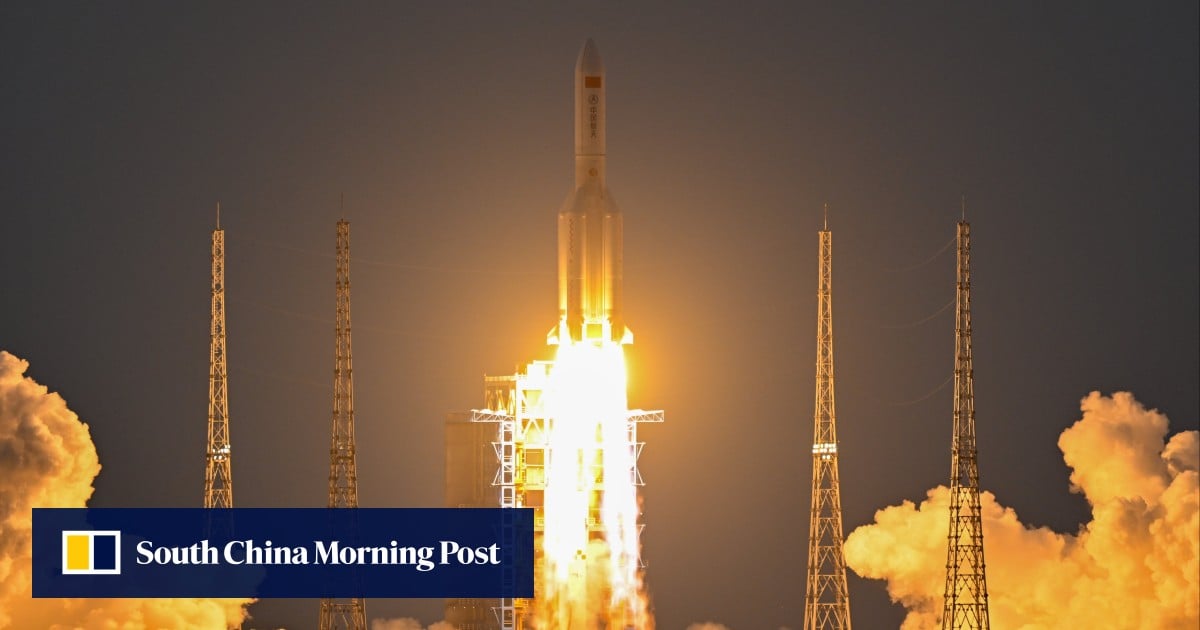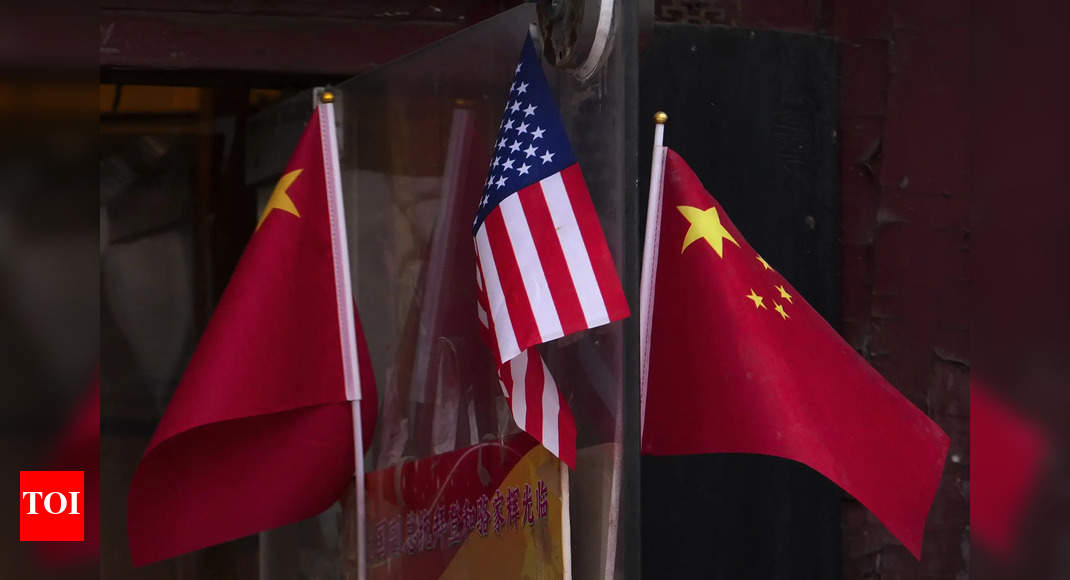The GuoWang internet satellites,
launched this week as the first step in China’s answer to SpaceX’s Starlink constellation, featured notable differences from their US counterpart.
Not only are the Chinese
satellites “huge” and “heavyweight”, but they were also arranged inside the launch vehicle in a unique double-decker type of layout, according to the China Academy of Launch Vehicle Technology (CALT), which developed the Long March-5B rocket and the Yuanzheng-2 upper stage that delivered the 10 satellites into orbit on Monday.
Unlike the American
Starlink satellites, which are stacked vertically within the rocket, the GuoWang satellites were mounted on two concentric tiers around a central support cylinder, optimising the use of vertical and radial space within the payload fairing, CALT said on its social media account.
The arrangement resembled a stationary two-level drop tower at an amusement park, with a load-bearing cylinder at the centre and “seats” evenly distributed radially on each level, according to a mission patch seen by the South China Morning Post.
The deployment process was just as distinctive. The GuoWang satellites were released in two separate groups, with the Yuanzheng-2 upper stage making precise adjustments between releases to minimise the risk of collisions, according to CALT.
“During the separation phase, the ‘passengers’ were divided into two groups to ‘disembark’ one after the other, with each group separating simultaneously,” CALT said. “After the first group disembarked, the Yuanzheng-2 upper stage adjusted its attitude, rotating to a specific angle to create favourable conditions for the separation of the next group.”
By contrast, a typical
Starlink launch simultaneously releases dozens of satellites – probably smaller and lighter than the GuoWang satellites – using a spring-loaded mechanism. On-board thrusters are then used to spread out the Starlink satellites to reach their operational orbits.
Source link
Visited 1 times, 1 visit(s) today


